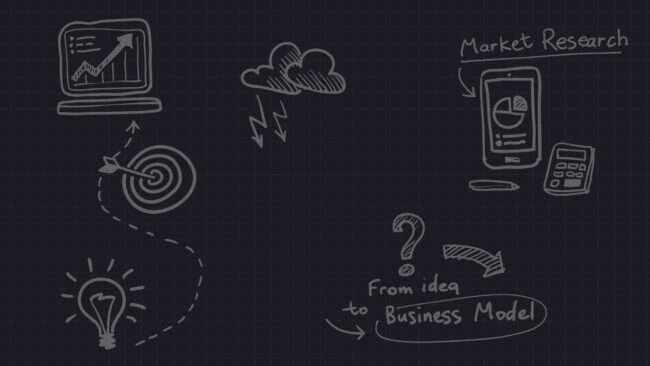It’s that time of year again. Kids across the country are gearing up for the end of summer break. From offering limited-time deals on school supplies and tech accessories, to partnering with student creators and jumping on the #studytok trend, brands haven’t pulled any punches in their back-to-school marketing.
But there’s more to the season than back-to-school shopping—especially this year. More than two years since the onset of COVID-19, the pandemic continues to reshape consumer behavior, leading to new trends and opportunities for brands to drive ongoing engagement.
The back-to-school marketing push may be coming to an end, but that doesn’t mean brands have to wait for the next season to apply what they’ve learned. Before launching your next campaign, consider these three trends that made this summer unlike any other:
Digital Fatigue is Real
Did you know that 49% of parents planned to do most of their back-to-school shopping in stores this year? As COVID-19 guidelines have loosened over the past several months, more families have been looking to visit mass retailers in-person, pre-lockdown style. Consumers are looking for a fun reason to venture outside—this creates a perfect opportunity for brands to maximize the feeling of community and instant gratification that often comes with in-person shopping.
Partnering with creators on livestreamed shopping sprees is one effective way to leverage this trend. Because livestreaming allows viewers to interact with their favorite creators in real time, it increases the feeling of community and mimicks the feeling of shopping together—something consumers crave after more than a year of social isolation.
The Demand for Learning Tools Isn’t Seasonal
Parents might buy a backpack just once each year, but the demand for learning support tools lives on year round. With the rapid normalization of hybrid schooling, parents and educators are now more open to incorporating digital tools into the curriculum. Individualized learning also took hold as schools shut down during COVID-19, driving up demand for web-based learning management systems.
As a result, easy-to-use software programs like parent-teacher communication apps, chore tracking tools, and online tutoring platforms are playing an important role in how parents run their households. Software companies can seize the momentum by investing in long-term partnerships with parenting and lifestyle creators, helping build brand familiarity with the right audience, all year long.
School teachers and administrators have also historically been overlooked when it comes to back-to-school marketing, with parents and families at the center of most campaigns. But the need for learning software, productivity apps, and other tools is a big opportunity for B2B marketers. And it doesn’t go away when September ends. By collaborating with creators in the education space to develop how-to videos that demonstrate how software can transform teaching, companies that haven’t participated in back-to-school campaigns can add to the conversation in a meaningful, ongoing way.
Summer May be Over, but Travel Isn’t
Travel industry marketers know that summer is a popular time for family travel. But just because parents and children have to hunker down doesn’t mean the moment is gone.
Travel is back in a big way—it was up 20% from last season. Despite concerns around inflation and COVID-19, consumers were determined to make their vacations happen “no matter what” in 2022. With school back in session, travel marketers have another key demographic to prioritize: remote workers.
While vacationing may not be an option for kids during the academic year, remote employees are looking to take advantage of their flexible schedules. This summer alone, one in five “laptop luggers” said they had planned to work while traveling. And with more companies embracing flexible WFH arrangements, experts think this trend is here to stay—for good.
From trendy TikTok videos of loud concerts and house parties, to fall-themed content featuring cozy weekend getaways and scenic hiking trips, creator content can help travel marketers target the right audience and ramp up FOMO among remote employees already eager to get back on the road.
With more people looking to unplug, travel, and enjoy in-person events, this year’s back-to-school season saw the rise of new consumer trends that will likely persist long after summer is over.
For B2B companies and other brands that may have typically sat out during back-to-school season, now’s the time to shine. By taking these learnings and applying them to future campaigns, marketers can look beyond seasonal moments and make a long-term impact on sales and engagement.


